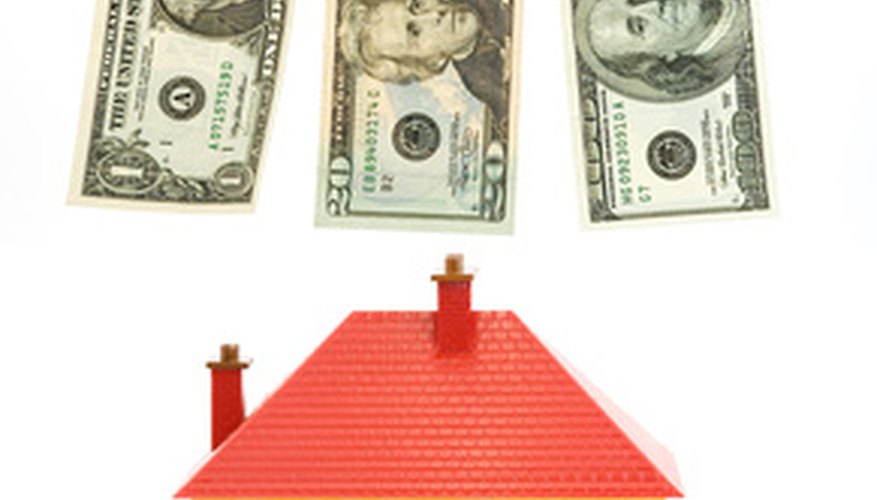Net present value (NPV) is the value of the inflows and outflows of cash for a project or investment over time. NPV essentially gives us the profitability of a project. If you are facing a decision between two projects or are trying to determine a ranking, NPV can help. However, for a true reflection of profitability, you may need to adjust for varying levels of risk between projects or investments.
Determine the cash inflows and outflows. This will require you to think through all of the capital the project will require, as well as the capital the project will generate. Suppose buying a rental house will cost you £65,000 (so one outflow of £65,000). You know you will receive £3,900 a year renting the house for three years (so three inflows of £3,900). At the end of three years you plan to sell the house for £78,000 (so one inflow of £7,800).
- Net present value (NPV) is the value of the inflows and outflows of cash for a project or investment over time.
- Suppose buying a rental house will cost you £65,000 (so one outflow of £65,000).
Understand a discount rate. The discount rate is a measure of risk. The higher the discount rate (or required rate of return), the riskier the project is. So if the rental house you are buying is in a nice neighbourhood and the same person has lived there for five years and wishes to continue living there, that discount rate would be lower than buying a rundown house in a bad area of town that you need to fix and rent.
Determine the discount rate for your investment. A good place to start is the risk-free rate (the rate you can earn on U.S. Treasury bills). Let's say you can earn 3 per cent risk-free. So the house in the nice area of town may have a discount rate of 8 per cent while the house in the bad area of town might have a discount rate of 12 per cent.
- Understand a discount rate.
- A good place to start is the risk-free rate (the rate you can earn on U.S. Treasury bills).
Select a cell in Microsoft Excel. Type "=NPV(". This will prompt an auto formula like the following:
\=NPV(rate, value 1, [value 2] ...)
Rate is the discount rate for the project. Value 1 and Value 2 are the cash flows of the project.
Enter the variables of your investment in the Excel formula. For the house in the safe neighbourhood it would look like the following:
\=NPV(8%, -100000, 6000, 6000, 6000, 120000)
This gives you a NPV of £2,206.4.
Using the same approach for the house in the bad area you get a NPV of -$8,327.54.
- \=NPV(8%, -100000, 6000, 6000, 6000, 120000) This gives you a NPV of £2,206.4.
- Using the same approach for the house in the bad area you get a NPV of -$8,327.54.
Use the NPV result to select between the houses. You should pick the projects or investments that give you the highest NPV. In this case, the house in the nice area is the better investment.
Interpret the NPVs. One might expect a rundown house in a bad area of town would cost less than the other house. So let's say the rundown house only costs £39,000 and after three years you can sell it for £58,500.
\=NPV(12%, -60000, 6000, 6000, 6000, 90000)
This gives you an NPV of £6,736.5, which makes it a better investment than the house in the nice area.
TIP
Calculating a risk-adjusted NPV is easier when comparing across projects because it is often easier to know one project is riskier than another than it is to quantify the risk of a single project. Remember, the higher the risk, the higher the required rate of return (or discount rate).
